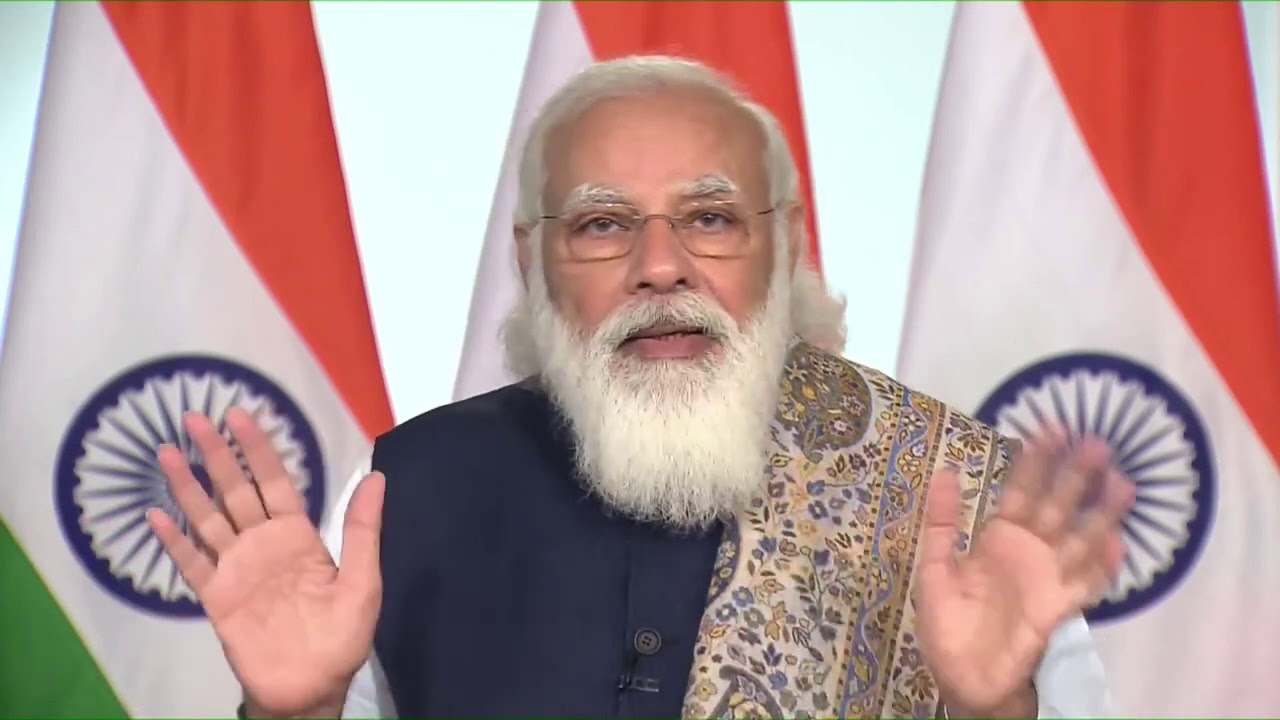New Delhi, November 03:
As per the release by the Prime Minister’s Office (PMO), the meeting’s primary focus would be districts where less than 50% of the adult population has received at least one shot of the vaccine and those that have low coverage of the second dose. According to the statement, these districts are of states including Jharkhand, Manipur, Nagaland, Arunachal Pradesh, Maharashtra, Meghalaya, and others.
As per government data from October 27, with 16.1%, Nagaland’s Kiphire has the lowest coverage of at least one dose of the vaccine. This is followed by Bihar’s Araria with a slightly better number (49.6%). North West district in Delhi (48.2%), Aurangabad (46.5%), Nanded (48.4%), Akola (49.3%), Deoghar (44.2%) and West Singhbhum (47.8%) are some of the prominent districts among the identified 48 districts that have to catch up to the national average, according to government data.
Meanwhile, India’s overall vaccination coverage exceeded 1.07 billion (107,25,41,626) on Tuesday, the Union ministry of health and family welfare said on Tuesday. The authorities inoculated more than 37 lakh (37,38,574) vaccine doses in a single day (on November 2) till 7pm.
India has administered a cumulative 73,61,08,324 first vaccine doses while 33,64,33,302 second doses, the data by the Union ministry showed.
On Monday, Union health minister Mansukh Mandaviya said 78 per cent of India’s eligible population has been administered the first dose of the Covid-19 vaccine, while 38 per cent have received both shots.
The government launched a countrywide vaccination program on January 16. During the first phase of the drive, only healthcare workers and frontline workers were allowed to take the jab. The drive was later expanded to all above 18-years of age in the following phases.




